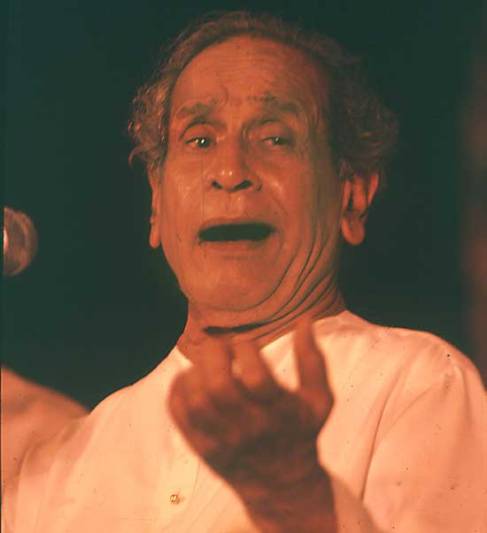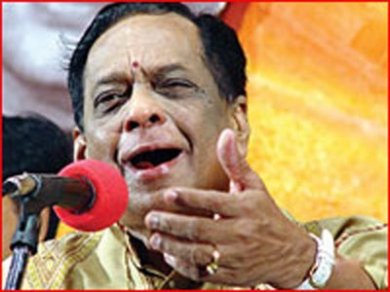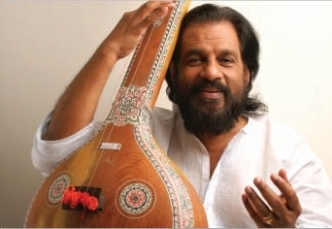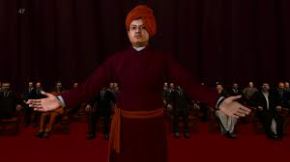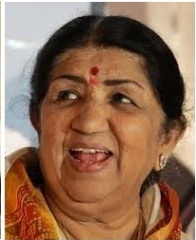Wani Yoga Lesson 11
I will now describe some simple exercises which will bring resonation and make your voice rich. But these exercises must be done consistently. And, you must remain relaxed while doing these exercises.
Sit comfortably on a chair or on the ground with crossed legs. Breathe in deeply and vocalize the following:
Exercise 1
Oo, Oo, Oo, ( Use your speech organs in an exaggerated manner while speaking these vowel sound.
Aw, Aw, Aw,
Ah, Ah, Ah,
Ay, Ay, Ay,
Ee, Ee, Ee
Oh, oh, oh
Repeat 3 to 5 times as can be comfortably done.
Exercise 2 : Taking a deep breath vocalize the following:
oo, oo, oo……mmmmmmm
(while humming the m sound should keep your upper and lower teeth apart. Let the lips touch each other)
Next, repeat with other vowel sounds:
Oh, oh, oh ………… mmmmmmmmm
Aw, Aw, Aw …………mmmmmmmmm
Ah, Ah, Ah ………….mmmmmmmm
Ay, Ay, Ay …………. mmmmmmmm
Ee, Ee, Ee ………….. mmmmmmmm
Exercise 3 :
Speak the following line on one note (do) or (sa)
Many military matters must not mount
Then, repeat the same in other notes of the octave
Sa, re, ga, ma, pa, dha, ni, sa
OR
Do, re me, far, so, la, te, do
Some of the other singers known for their resonant voices are:
Some speakers with resonant voices are:
Disclaimer: The exercises recommended are harmless, however any person before undertaking my consult his / her physician. The blog owner will not accept any kind of direct or indirect responsibility.
I will now describe some simple exercises which will bring resonation and make your voice rich. But these exercises must be done consistently. And, you must remain relaxed while doing these exercises.
Sit comfortably on a chair or on the ground with crossed legs. Breathe in deeply and vocalize the following:
Exercise 1
Oo, Oo, Oo, ( Use your speech organs in an exaggerated manner while speaking these vowel sound.
Aw, Aw, Aw,
Ah, Ah, Ah,
Ay, Ay, Ay,
Ee, Ee, Ee
Oh, oh, oh
Repeat 3 to 5 times as can be comfortably done.
Exercise 2 : Taking a deep breath vocalize the following:
oo, oo, oo……mmmmmmm
(while humming the m sound should keep your upper and lower teeth apart. Let the lips touch each other)
Next, repeat with other vowel sounds:
Oh, oh, oh ………… mmmmmmmmm
Aw, Aw, Aw …………mmmmmmmmm
Ah, Ah, Ah ………….mmmmmmmm
Ay, Ay, Ay …………. mmmmmmmm
Ee, Ee, Ee ………….. mmmmmmmm
Exercise 3 :
Speak the following line on one note (do) or (sa)
Many military matters must not mount
Then, repeat the same in other notes of the octave
Sa, re, ga, ma, pa, dha, ni, sa
OR
Do, re me, far, so, la, te, do
Some of the other singers known for their resonant voices are:
Some speakers with resonant voices are:
Disclaimer: The exercises recommended are harmless, however any person before undertaking my consult his / her physician. The blog owner will not accept any kind of direct or indirect responsibility.
